Spring shape up: Tidying up your plants
Pruning deciduous shrubs in late winter or early spring eliminates dead and diseased wood, improves plant shape and stimulates new growth.
This is Part 1 in a series on pruning ornamental plants.
Pruning deciduous shrubs: a productive task for the anxious gardener
While the calendar says it’s “spring,” winter just doesn’t want to let go! And for avid and anxious gardeners, it’s hard to stay cooped up inside. Even though the ground is still frozen, a great gardening task to undertake right now is pruning. Pruning eliminates diseased and dead wood, improves plant shape and stimulates new growth. Bear in mind that not all shrubs are pruned at the same time though. It all depends on whether they are being grown for their flowers, when they produce flower buds and how drastic of a pruning job needs to be accomplished.
Timing. For many shrubs, the ideal time to prune is late winter or early spring before new growth begins. However, hold off pruning spring-flowering shrubs, such as forsythia (Forsythia) and lilac (Syringa), until right after they flower. These plants formed their flower buds last summer and carried them through the winter. If pruned now, flower buds will be removed before they open and we enjoy them. If you don’t mind removing flower buds, pruning at this time is not a plant heath issue.
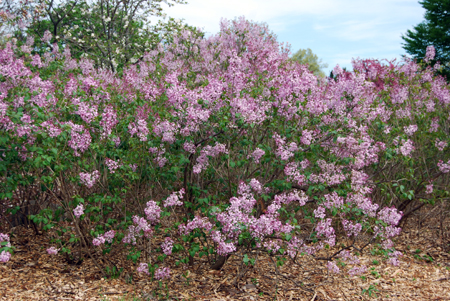
Photo 1. Spring-flowering Lilac. Photo credit: Mary Wilson
Summer blooming shrubs are best pruned in late winter or early spring. These plants will develop their flower buds during the spring growth period. Shrubs that bloom on current season’s growth include rose-of-Sharon (Hibiscus syriacus) and Annabelle hydrangea (Hydrangeaarborescens).
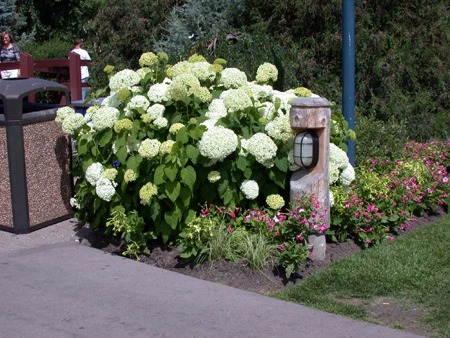
Photo 2. Summer-flowering Annabelle Hydrangea. Photo credit: Mary Wilson
Other shrubs grown for their foliage, such as Alpine current(Ribes alpinum), dwarf burning bush (Euonymus alatus ‘Compactus’), Harry Laude’s Walkingstick (Corylus avellana ‘Contorta’), and privet (Ligustrum sp.) are also best pruned in late winter or early spring.
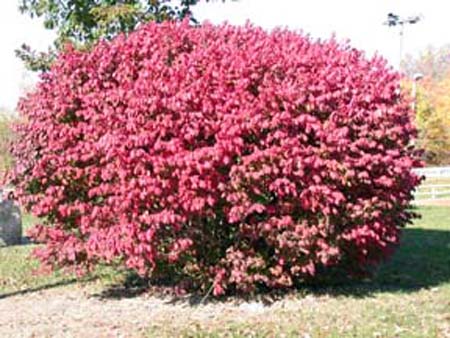
Photo 3. Compact Burningbush grown for its fall color. Photo credit: Mary Wilson
Pruning techniques
Thinning. In general, deciduous shrubs should be thinned out rather than sheared back. Thinning out prevents excessive and unsightly branch formation at the top of the plant and maintains the natural growth habit. “Thinning” is done by cutting a branch back to its point of origin on the main stem. This method is the least conspicuous of all types of pruning and is best used on densely growing plants. To develop branches that grow toward the outside of the plant, remove the inward-growing branches and prune to an outward-facing bud or branch. Thin out the oldest and tallest stems first. You can maintain plants at a desired height and width for years simply by using this technique. This method of pruning is best done with hand pruning shears, not hedge shears.
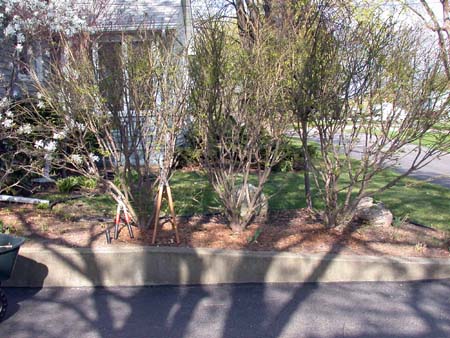
Photo 4. Before thinning Compact Burningbush. Photo credit: Mary Wilson

Photo 5. After thinning Corning Burningbush. Photo credit: Mary Wilson.
Gradual renewal pruning.Older shrubs that have become too large may have become unproductive and should be pruned using the gradual renewal pruning technique. Prune plants by cutting off the oldest branches at the ground, leaving only the young stems. If there are few younger stems, remove the older wood over a three-year period to maintain the overall shape of the plant. New shoots that develop can be cut back to various lengths by the thinning out method, which encourages the development of strong branches.
Total rejuvenation pruning. This pruning method is usually reserved for plants that have become overgrown, severely weakened or otherwise unhealthy. All of the branches are removed at ground level or a few inches above ground. This pruning method is drastic so accompany this treatment with proper fertilization and watering practices. Flowering shrubs may not bloom for one or several years, depending on the rate of regrowth. Deciduous shrubs that benefit from rejuvenation pruning include shrub dogwoods (Cornus), forsythia (Forsythia), honeysuckle (Lonicera), spirea (Spiraea), some viburnums (Viburnum), weigela (Weigela) and other fast growing ornamentals. Be aware that all plants do not respond to this type of pruning so do a little research before trying this technique.
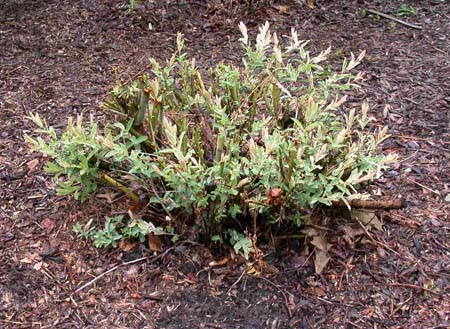
Photo 6. Dappled willow three weeks after rejuvenation pruning. Photo credit: Mary Wilson.
The right tools
Some people (like the author!) can get carried away with acquiring pruning tools. For most home gardeners though, the essential tools in your arsenal should include hand shears, loppers and folding saws. Be sure to keep your tools well-maintained and sharp to improve their performance.
Pruning shears can cut branches up to 3/4" in diameter. Be sure to purchase hand shears that have a by-pass or scissor-type design. These provide a clean cut for quick healing of the pruning wound. The anvil type of hand pruners crush young stems, don’t quickly heal and are more susceptible to insects and diseases.
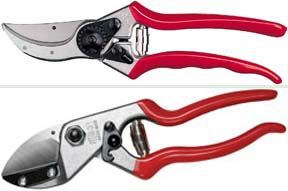
Photos 7 and 8. Top, by-pass Pruners. Bottom, anvil pruners. Photo credit: Felco online catalog
Loppers are similar to pruning shears, but their long handles provide greater leverage needed to cut branches up to 1 1/2" in diameter. Hollow shafts, padded grips and a bumper guard near the head all help reduce the pruning impact on the gardener’s body.
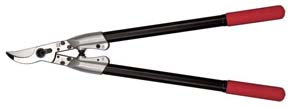
Photo 9. Loppers. Photo credit: Felco online catalog
Hand saws are very important for cutting branches over 1” in diameter. Many types of hand saws are available. Special tri-cut or razor tooth pruning saws cut through larger branches — up to 4” in diameter — with ease.
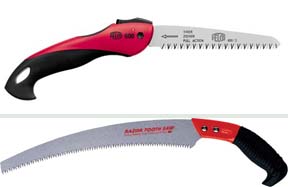
Photos 10 and 11. Top, folding hand saw. Bottom, rigid blade hand saw. Photo credit: Felco online catalog
Look for more pruning information on the Gardening in Michigan web site and right here next month!
Also see Part 2: Pruning evergreen shrubs.
Related Source:



 Print
Print Email
Email




